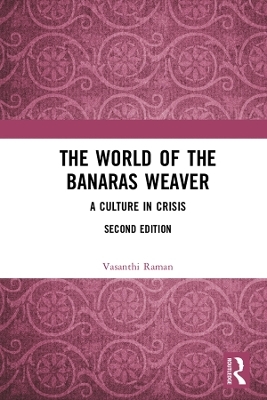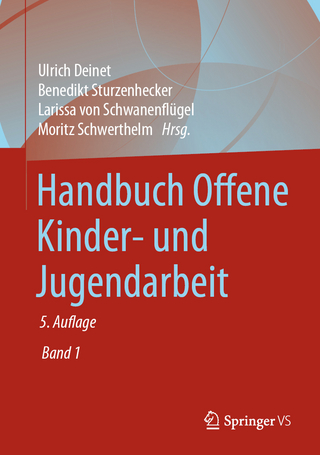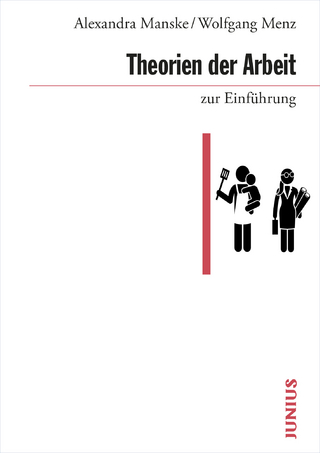
The World of the Banaras Weaver
Routledge India (Verlag)
978-1-138-36239-0 (ISBN)
This book is a fascinating investigation into how communalism plays out in everyday India. Using the metaphor of tana-bana – the warp and the weft of the Banarasi sari – the author reproduces the interwoven life of Hindu-Muslim relations in the Banarasi sari industry.
As the city of Banaras in Uttar Pradesh takes the centre stage as the site of this ethnographic study, the author documents the dissonance in representations of Banaras as a sacred Hindu city and its essential plural character. The volume
• examines in-depth the lives of Banaras Muslims in the social and economic matrix of the sari industry;
• highlights how women negotiate between home, family and their place in the artisanal industry; and
• sheds light on their fast-changing world of the Banaras weavers and their responses to it.
With a new introduction and fresh data, the second edition looks at the subsequent developments in the weaving industry over the last decade. This volume will be of immense interest to scholars and researchers of social anthropology, gender studies, development studies, sociology and South Asian studies.
Vasanthi Raman was formerly a Professorial Fellow at the Centre for Women’s Development Studies (CWDS), New Delhi, and was a Member of the Indian Council of Social Science Research (ICSSR), New Delhi, India. She has also been Visiting Professor at the University of Joensuu, Finland, and Fellow at the Indian Institute of Advanced Study, Shimla, India. She has published extensively in books and journals on issues of social transformation – problems of marginalised groups, tea-garden workers and semi-tribal groups in northeast India; childhood studies and women’s studies. Her recent research work has been on communalism and the construction of gender and Hindu-Muslim relations. Currently she is Vice-Chairperson of the Centre for Women’s Development Studies, New Delhi.
List of maps and list of wards (Varanasi). List of abbreviations. Glossary of selected terms. Preface and acknowledgements. Preface and acknowledgements to the second edition.Introduction to the second edition: the discourse of Banaras and the world of the Banaras weaver. Introduction to the first edition. 1. Hindu Banaras: plural realities and singular representations. 2. Muslims in Banaras. 3. Banaras Muslims today: men and women in the warp and weft of the sari. 4. Communal violence in the 1990s and Hindu-Muslim relations. 5. Of home and the world: the homes and worlds of Banaras women. 6. The vanishing world of the Julahas: the current crisis and its consequences. 7. Walking the razor’s edge: narratives of two women. Conclusion.
Appendix I-A: Census tables for handloom sector, Varanasi district. Appendix I-B: Census tables for powerloom sector, Uttar Pradesh. Appendix II: 2001 Census for Varanasi district. Appendix III: Family profiles – Bazardiha, Jalalipur and Lohta. Appendix IV: Handloom Census of India: 2009–10.
Bibliography. Index.
| Erscheinungsdatum | 12.08.2019 |
|---|---|
| Zusatzinfo | 48 Tables, black and white; 3 Line drawings, black and white; 3 Illustrations, black and white |
| Verlagsort | London |
| Sprache | englisch |
| Maße | 156 x 234 mm |
| Gewicht | 453 g |
| Themenwelt | Sozialwissenschaften ► Soziologie ► Mikrosoziologie |
| ISBN-10 | 1-138-36239-5 / 1138362395 |
| ISBN-13 | 978-1-138-36239-0 / 9781138362390 |
| Zustand | Neuware |
| Haben Sie eine Frage zum Produkt? |
aus dem Bereich


